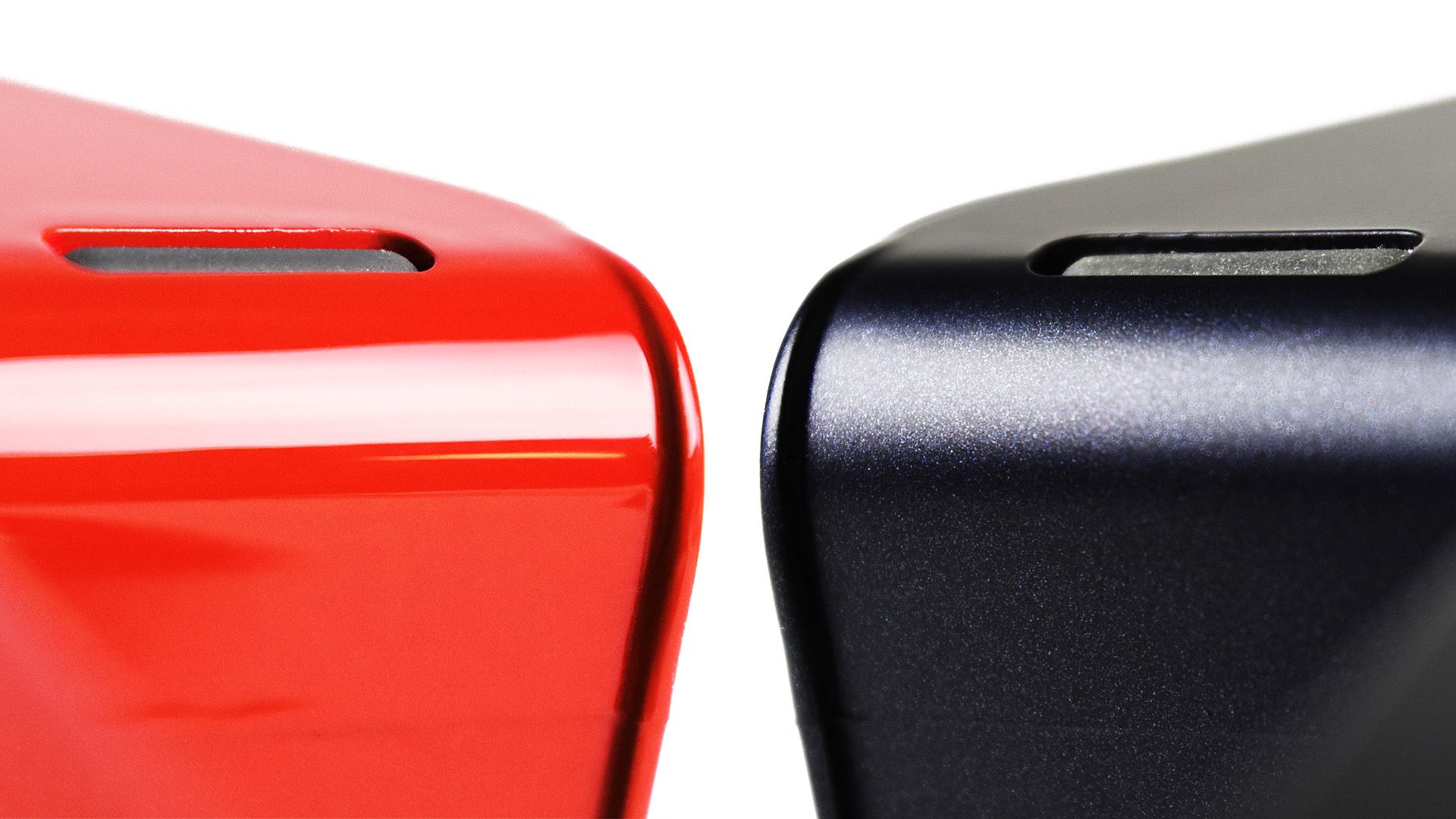
In industrial design, when manufacturing plastic and metal parts, standard surface finishes such as textured molds and powder coating can do a good job of protecting and colouring parts. But here are a few surface finishing decorating techniques that will really kick it up a notch.
In-Mold Decoration: Film
IMD (in-mold decoration) is a process for decorating injection molded parts, it can mimic nearly any surface finish. That includes wood grain, metallic finishes and leather. IMD can decorate your product with high resolution images and text.
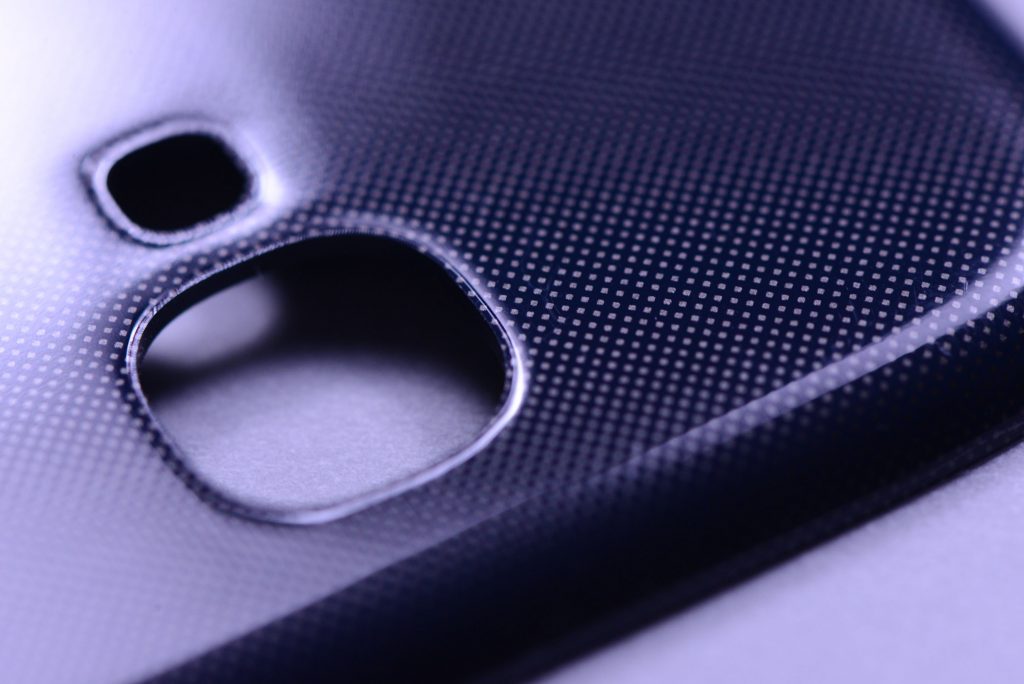
IMD can be used in combination with clear and translucent plastics to create visually stunning and functional effects. Text can be printed behind a clear plastic part so that it will never rub off.
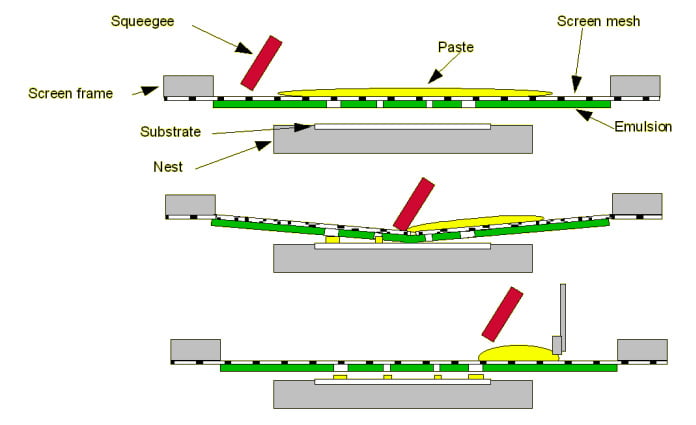
2D graphics are first printed onto a plastic film. The film is then clamped into the mold and vacuum formed onto one side of the mold. The mold is then closed and injected with plastic. Compared to more traditional decoration techniques, it is more cost effective at high volumes. This is because the decorating and molding are done at the same time.
In-Mold Decoration: Sheet
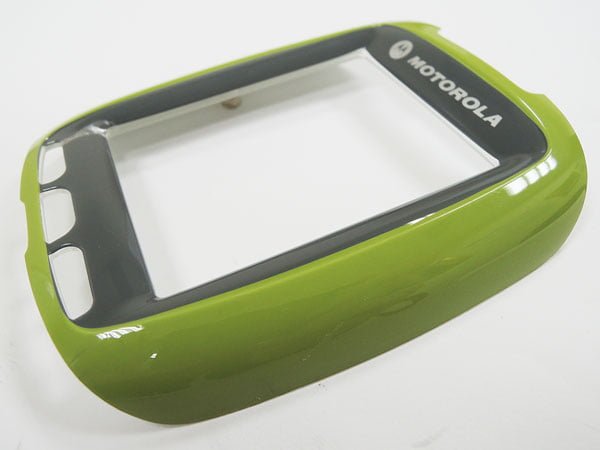
This variant of IMD is a whole lot more than just a surface finish. It uses thicker sheets of plastic than the film used in IMDs. The thick sheet of clear plastic can become a structural part of the finished product. Graphics are first applied to the thick sheet of plastic. This sheet is then thermoformed into a shape corresponding to the injection mold. The sheet is then inserted into the injection mold, and the part is overmolded. A great example of this is using it to create a clear window onto which opaque plastic is injection molded, a common technique used on cellphones.
Dye Sublimation

Dye sublimation is creates high quality, durable prints directly onto plastics and other mediums. It does this using heat to vaporize the ink. As the ink returns to a solid state it transfers to the product’s surface. Using cartridges, like the one pictured below, Dye sublimation printers create a lot of the prints that go into IMDs (in mold decoration).
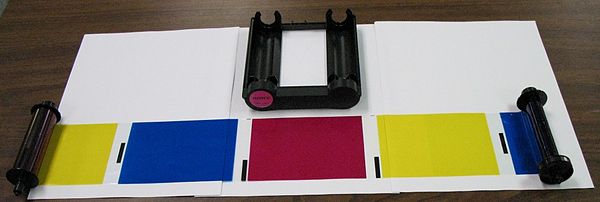
A common application for dye sublimation are the printed letters on keyboards.
3D Dye Sublimation
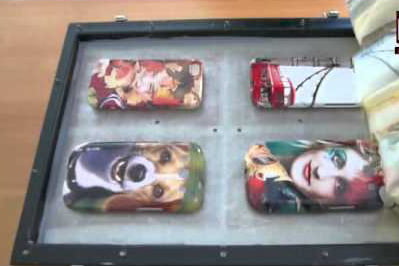
As the name suggest this technique uses the same technique, but takes it to the next level by printing onto 3D objects. Instead of using cartridges, 3D Dye Sublimation starts by inkjet printing the desired graphic onto transfer paper. That transfer paper is vacuum sealed to the 3D product and using heat the dye is vaporized, when it returns to being solid, it transfers to the product. This technique is often used to wrap graphics around cellphone cases.
Hydrographics
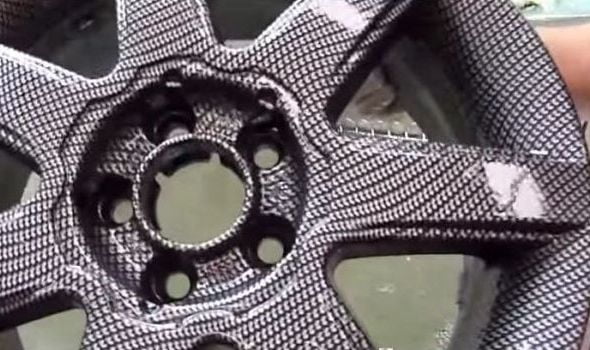
Hydrogaphics create beautifully detailed patterns onto 3D geometry. Compared to 3D dye sublimation where a sheet of transfer paper must be vacuum formed to a 3D object, Hydrographics can cover much more complex geometry, all while keeping the pattern undistorted.

To do this a 2D pattern made from a thin layer of ink is used. It floats on top of a pool of water. The product is lowered into the bath of water passing through the pattern. As it does so, the ink pattern drapes around the product adhering uniformly across the 3D surface. Parts covered in camouflage, or patterns resembling a carbon fiber weave are possible. This is a great way to make special editions of a product line, as each piece comes out unique.
Screen printing
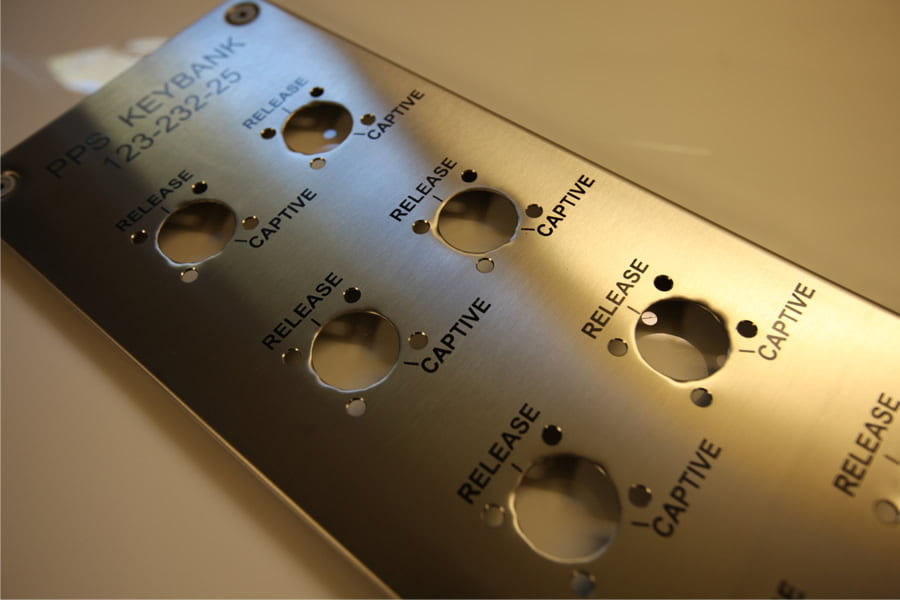
Screen printings strength it its versatility; it will print onto nearly any surface, and with a wide range of inks. This process is best suited to low and medium scale productions. It uses a mesh stencil which blocks only the areas that are to be left blank. The mesh stencil sits on the product’s surface as ink is spread across the stencil. Multiple colours can be applied with additional screens, and full colour images are possible with just 4 stencils using CMYK.

It’s most commonly known for printing t-shirts, but can be applied to metal, plastic and wooden products.
Roto-Screen Printing
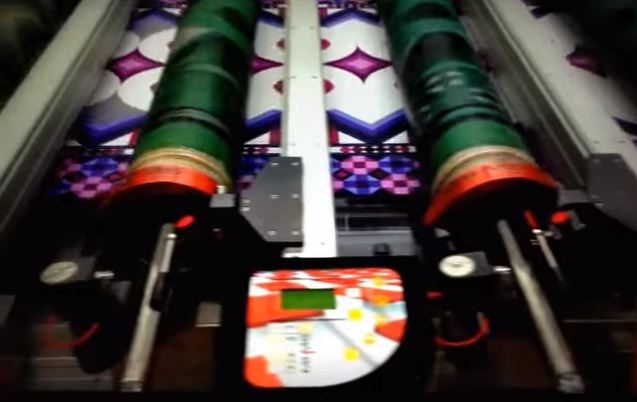
Similar to regular screen printing, but perfect for high volume manufacturing. In this technique the mesh stencil is a roller and the surface being printed on is a long continuous piece that is cut to size afterward. Many rollers are used, creating intricate patterns with vibrant colours.
The films in IMD are often printed in this way, it’s also used to make wallpaper.
Pad Printing

Pad printing stamps high resolution graphics onto the products surface. It does so one colour at a time, but can achieve high quality prints on nearly any surface, be it metal plastic or wood. It’ll even print on curved surfaces. It’s perfect for adding graphics and lettering in low to mid volume production.
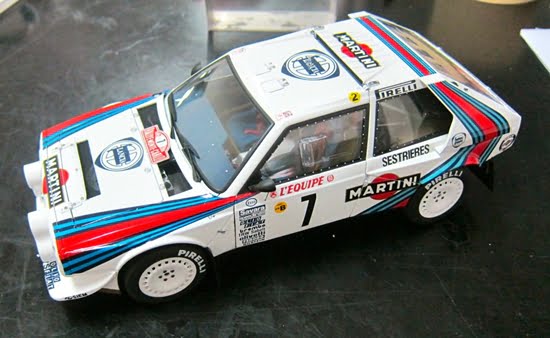
A common application for pad printing are the decals on toy cars.
Vacuum Metallization

Vacuum Metallization makes it possible to coat non-metallic surfaces with various metals. This surface finishes are not only scratch, UV and corrosion resistant, they increase the perceived value of the product. The metal and the product are placed into a vacuum, the metal is vaporized with heat. A thin layer of the metal condenses onto the product, creating a mirror finish. A clear coat is often spray on after to provide further protection. Many of the car trim pieces that are chrome in appearance are finished in this way.